Art can be a force for either transforming or reinforcing a culture. For example, the Avant-Garde movement, before it was co-opted into mass culture, initially challenged art as a commodity of mass culture, challenged traditional social and cultural norms, and inspired social change through alternative and counterculture movements. On the other hand, much of the popular art of today propagates the dominant values and norms of the mass consumer culture that we live in, and is a commodity that is endlessly reproduced with little variation for consumption and profit-making in the mass market. In this post I will address the role of art in the context of authentic living.
What is Art?
I define art as the production of focused creative expression, for the purpose of engaging us in life and stimulating thought, feeling, and dialogue—and ultimately self-realisation. Art forms include the visual arts, literary arts, music, and performance. The degree to which art engages us in life, and the level of thought, feeling, and dialogue that it provokes, is a measure of its power. Measuring the worth of art by sales figures or by its acceptance by the social institutions of mass society inevitably serves to co-opt art into the mass culture of consumerism, and to commodify it.
When art is defined merely in terms of its value as a commodity in consumer society, the effect can be destructive:
- It can drain human creative energies into the big businesses that dominate the mass market.
- It can drain the money of individuals and communities into big business through economic consumption.
- It can reduce the full range of creative expression and subject matter as art is produced within narrow parameters for a homogenised mass culture.
- It can reduce collective artistic aspirations and result in untapped creative potential as successful artists are seen as the lucky or gifted few who are chosen by big business to create their commodities.
While art is often expressed as an institutionalised product or commodity, it can also become a practice of life. How can we express our artistic nature in our everyday life without having to commodify it? How can we live more authentically, with greater presence, to allow the unique, creative expression of our life to take shape in its many forms and be a source of inspiration for others?
Art and Human Potential
The reduction of art into a commodity that is produced for mass consumption is a symptom of our general socialisation and our fixation on the spectacle of materialism. By producing art for a consumer culture, the expression of art is restricted to narrowly proscribed parameters, and is in some cases dumbed down and sensationalised to trigger reactive desires in consumers. This level of creativity is then seen as the norm of human potential. People aspire to be like co-opted celebrities or the fictional heroes or anti-heroes in movies and video games, without experiencing art as a real force for self-development.
Mindfulness—the practice of consciously directing our attention on our inner and outer experience in the present moment—brings our attention back into our conscious power. Mindfulness stops us from automatically dissociating into the spectacle of materialism, or reacting to the sensational images, sounds, and messages of commodified art. Mindfulness enables us to become aware of our true self, and the creative potential that is waiting to be awakened through its expression. Mindfulness gives us the choice to form local community economies, where big business no longer dominates our material choices or our social relations.
As we become more aware of our true self, we can accept and embody the uniqueness of our individuality, particularly as our personality starts to release its identifications and fixations, and is instead shaped by our experience of our true self. Rather than conforming to the norms of a homogenised mass culture, which undermine and suppress true individuality, the creative expression of our authentic individuality produces richer art that speaks of authentic living and self-realisation. Moreover, the very process of becoming self-realised and self-actualised, with the associated journey of challenge and growth, provides rich fuel for creative expression and artistic creation.
A New Wave of Authentic Art
As we grow in mindfulness and self-awareness, and build authentic community to support authentic individuality, art can transcend the norms of mass culture, resist commodification, and become a practice of authentic living. Authentic art in this sense engages us in life by encouraging our full presence in our true self, and stimulates enlightened understanding and dialogue that empowers us to be more ourselves and to live in honour of all life. It transforms our perception and understanding of art and life in order to promote authentic living.
Such art is truly Avant-Garde, and stands in sharp contrast to the co-opted, market-driven avant-garde that is style without substance, created as a marketing ploy to convey an image of innovation within homogeneity, without actually challenging the norms and practices of mass society.
The new wave of authentic art will express the full creative potential of the true self, unbounded by the norms of consumer culture and mass society, or the proscriptions of big business. It will challenge the materialistic worldview that encourages inauthentic and unsustainable living, and provide a vision for positive living.
The artist will at first be a minority voice, standing outside the mainstream of mass culture and mass society, but standing strong in authenticity and artistic integrity. Such an artist, who will not meet the demand of the mass market, may well be rejected or unrecognised by mass society, and produce their work in relative isolation, but the strength to live their truth will be what is important. As authentic, intentional communities are formed, and new forms of social media emerge outside of mass culture, the new wave of authentic art will emerge and find its audience.
As we practise mindful, authentic living, we can choose to support the authentic artists who are unrecognised and unfunded, rather than continue in the unconscious patterns of consumerism in which we give our money and energy to the forces of materialism, mass culture, and big business, putting artists on a pedestal who are perpetuating consumerism and inauthentic living.
Let us sponsor the artistic expression of our friends, family, and fellow community members with our support. Don’t let them sink into anonymity because they are not bankrolled by big business or on the bestseller list—none of which determine their merit or relevance. They are the most precious for their authenticity, and this is what is worth supporting—both for their sake and our own. Be mindful and think twice before you part with your money: what cultural forces are you supporting with your purchase?
As authentic communities, let us build a local platform for the expression of authentic art, starting within our community groups, and within the public space of our local community. Let us create our own sources of authentic entertainment through community-based initiatives and gatherings that feature storytelling, performance, and music. Feel the richness of sitting in a circle together with others, building community, as people play music, sing, dance, tell stories, read poetry, exhibit, and perform—compared to the passive trance of staring into a television or computer screen as we consume the manufactured entertainment of a consumer culture that is drip-fed to us 24/7 through the mass media.
Finally, let us awaken to our own inner, authentic artist, and practise the art of authentic living. What creative forces are lying dormant in us? How can we express the beauty and magic of life through our being as art? How can our journey of personal growth inspire the telling of our personal stories? How can the music of our soul move us and others?
Like this article? Spread the word by sharing the link.


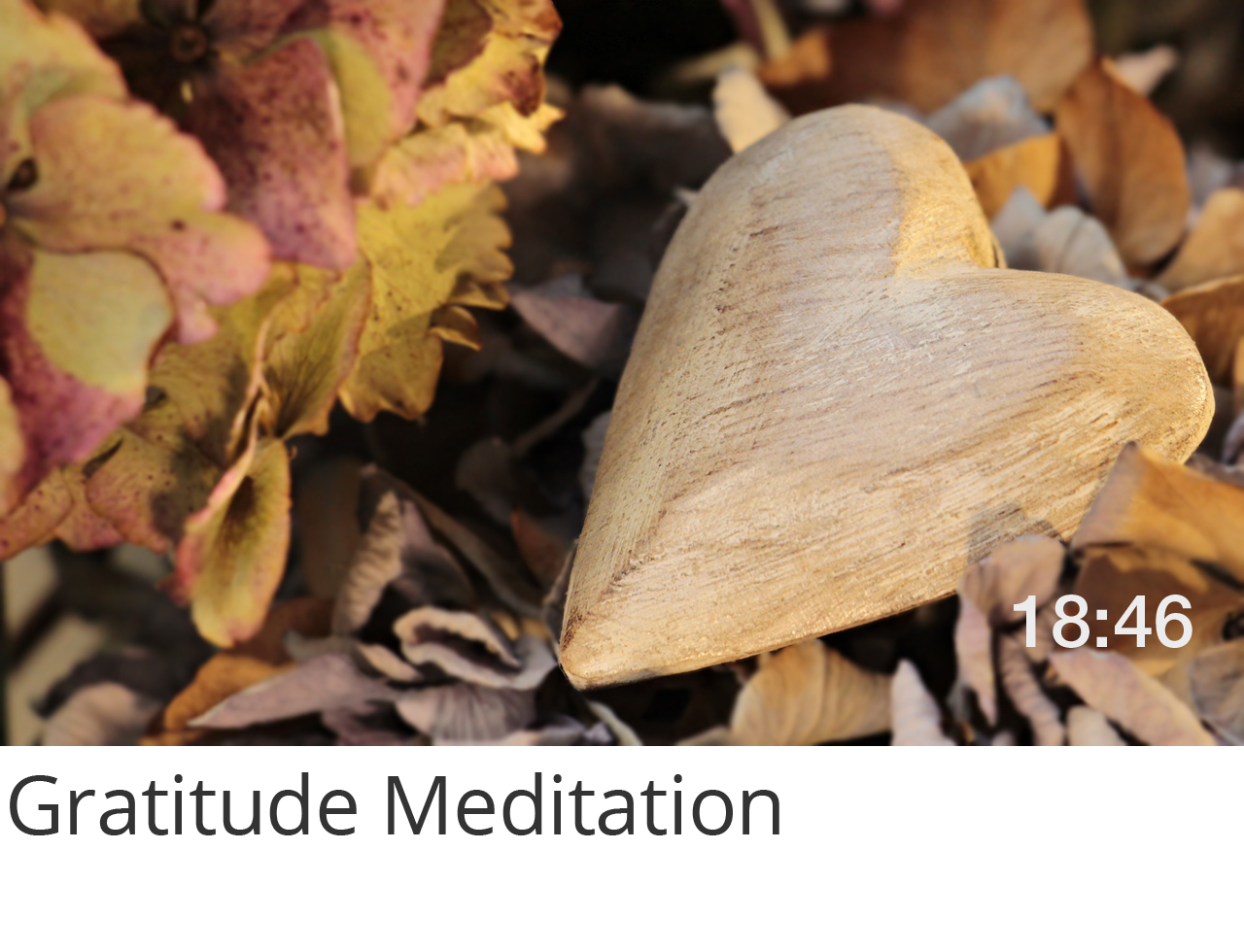
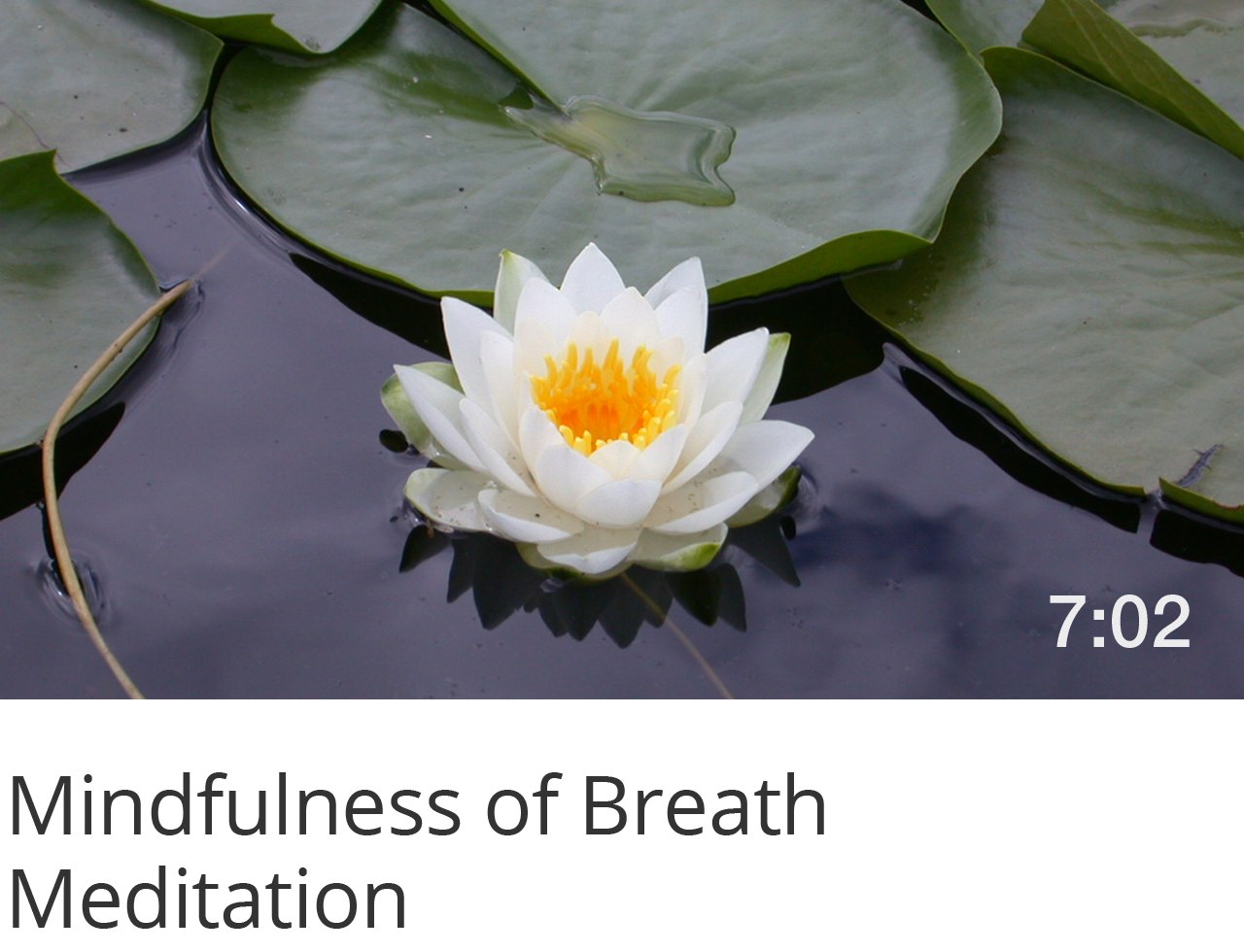
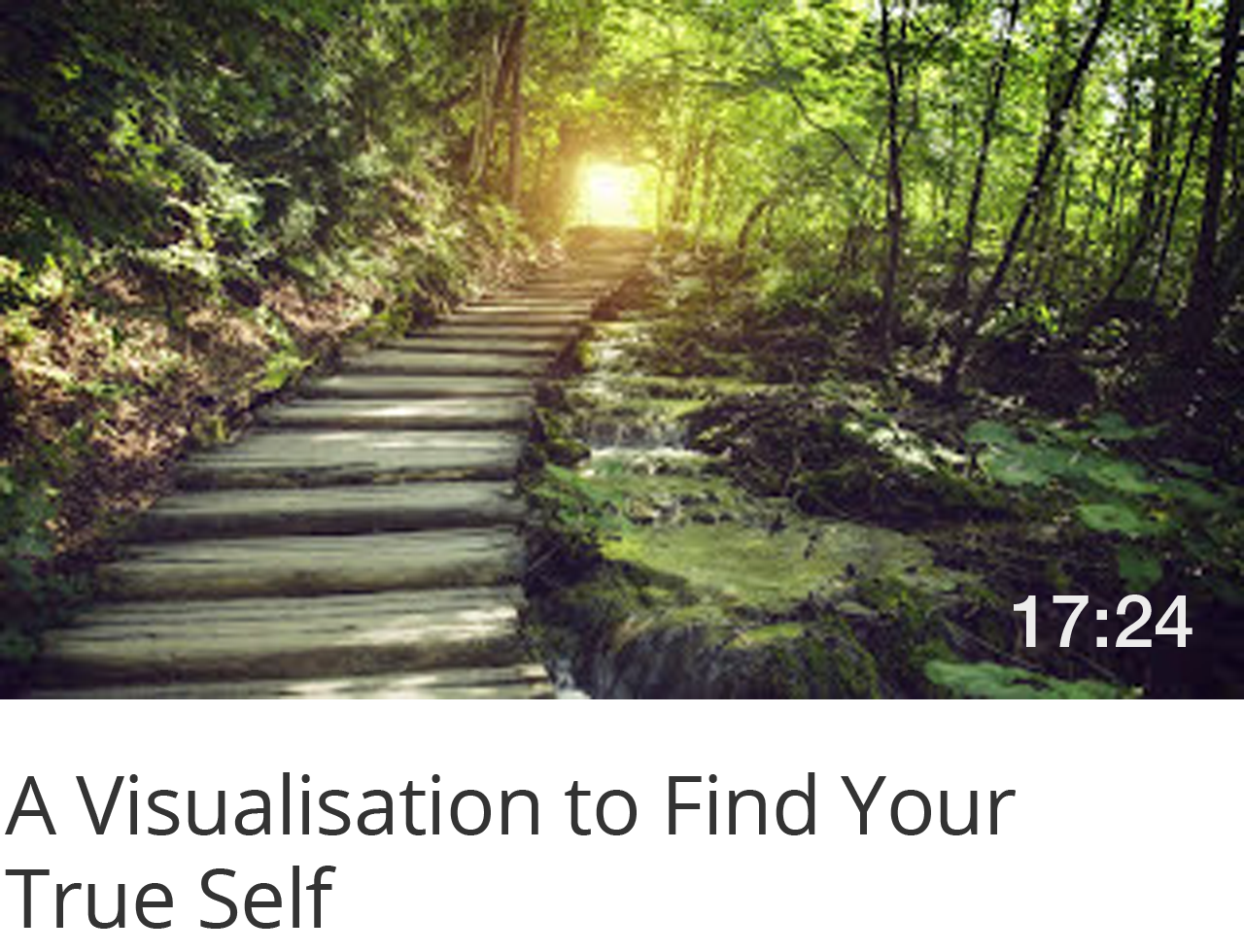
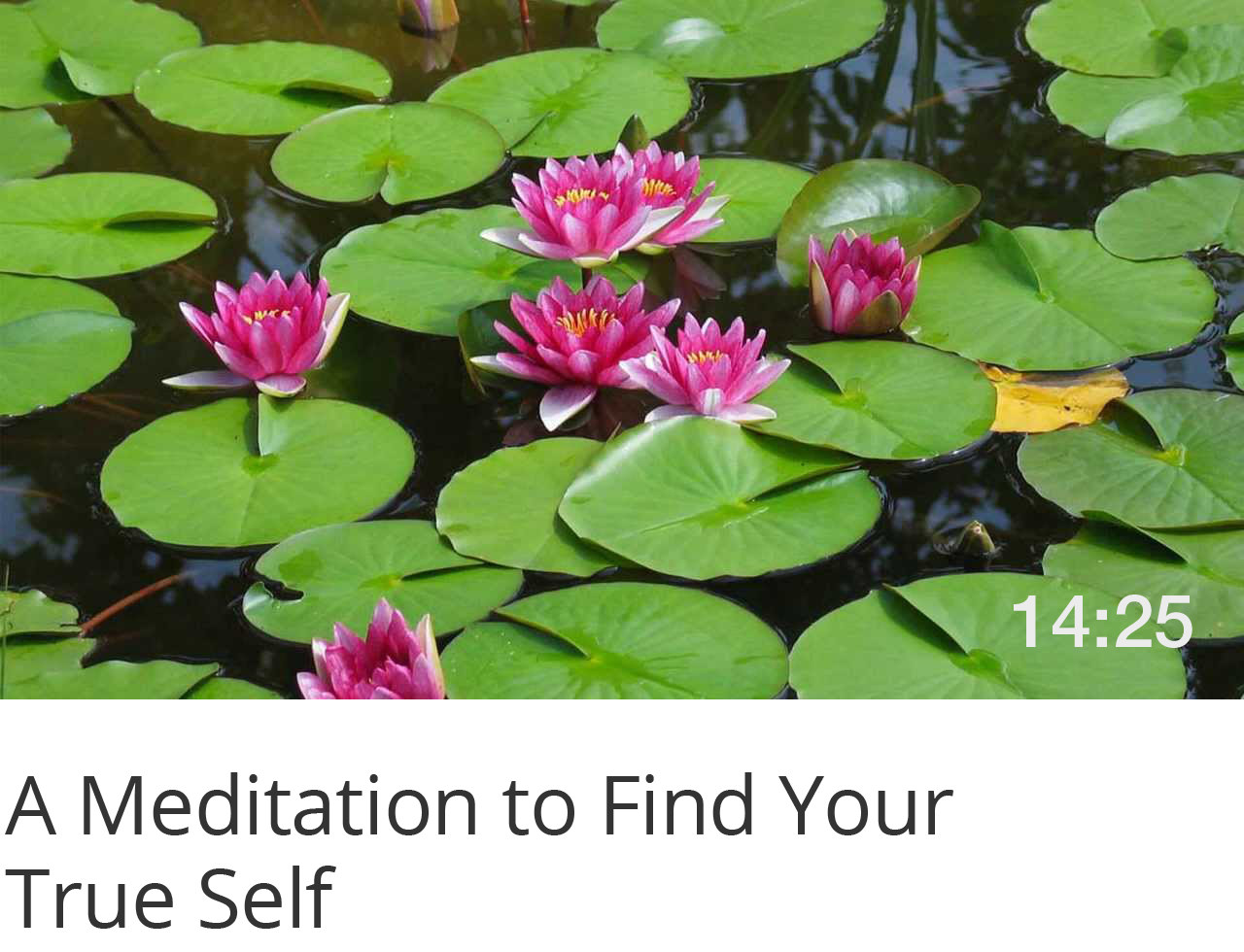
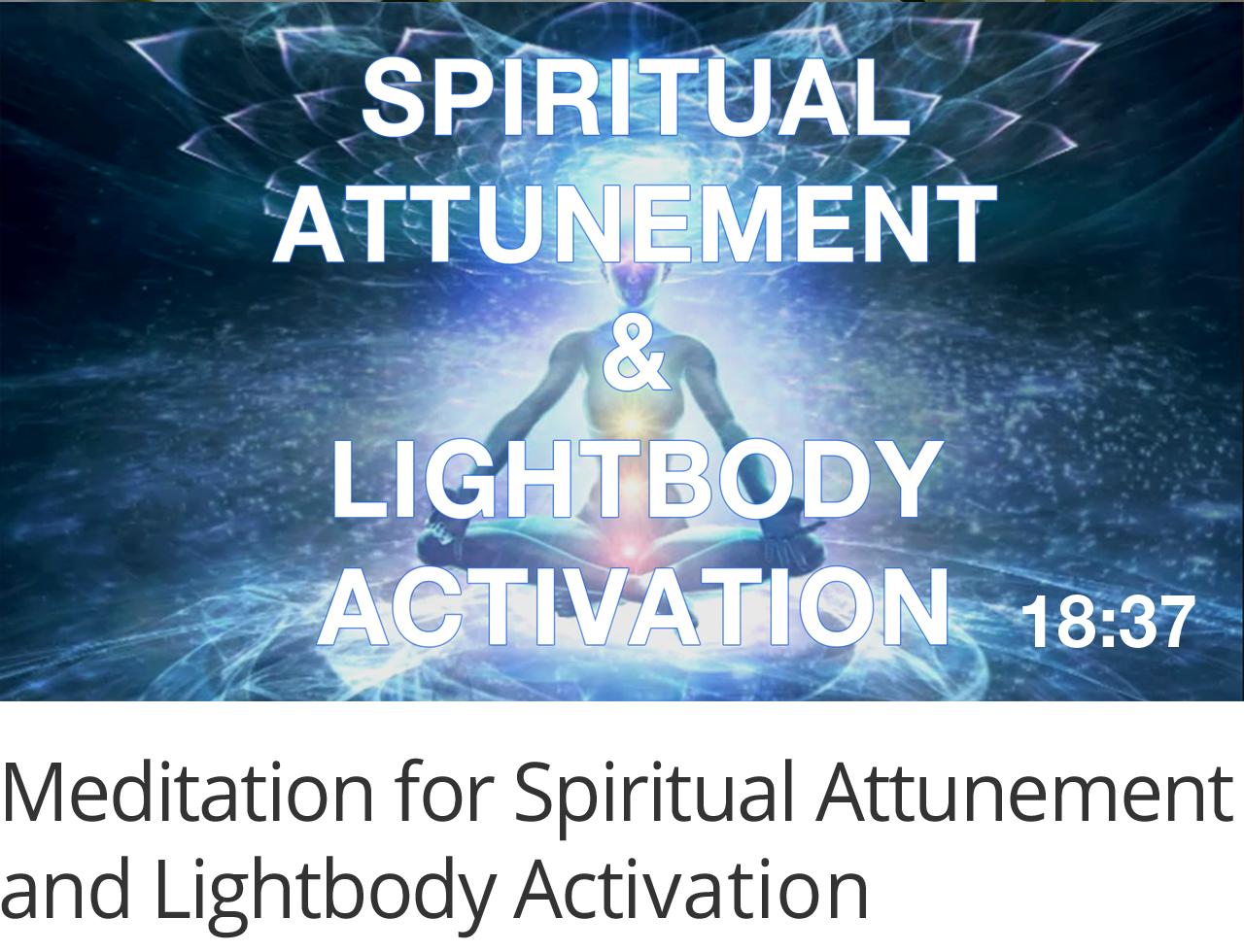
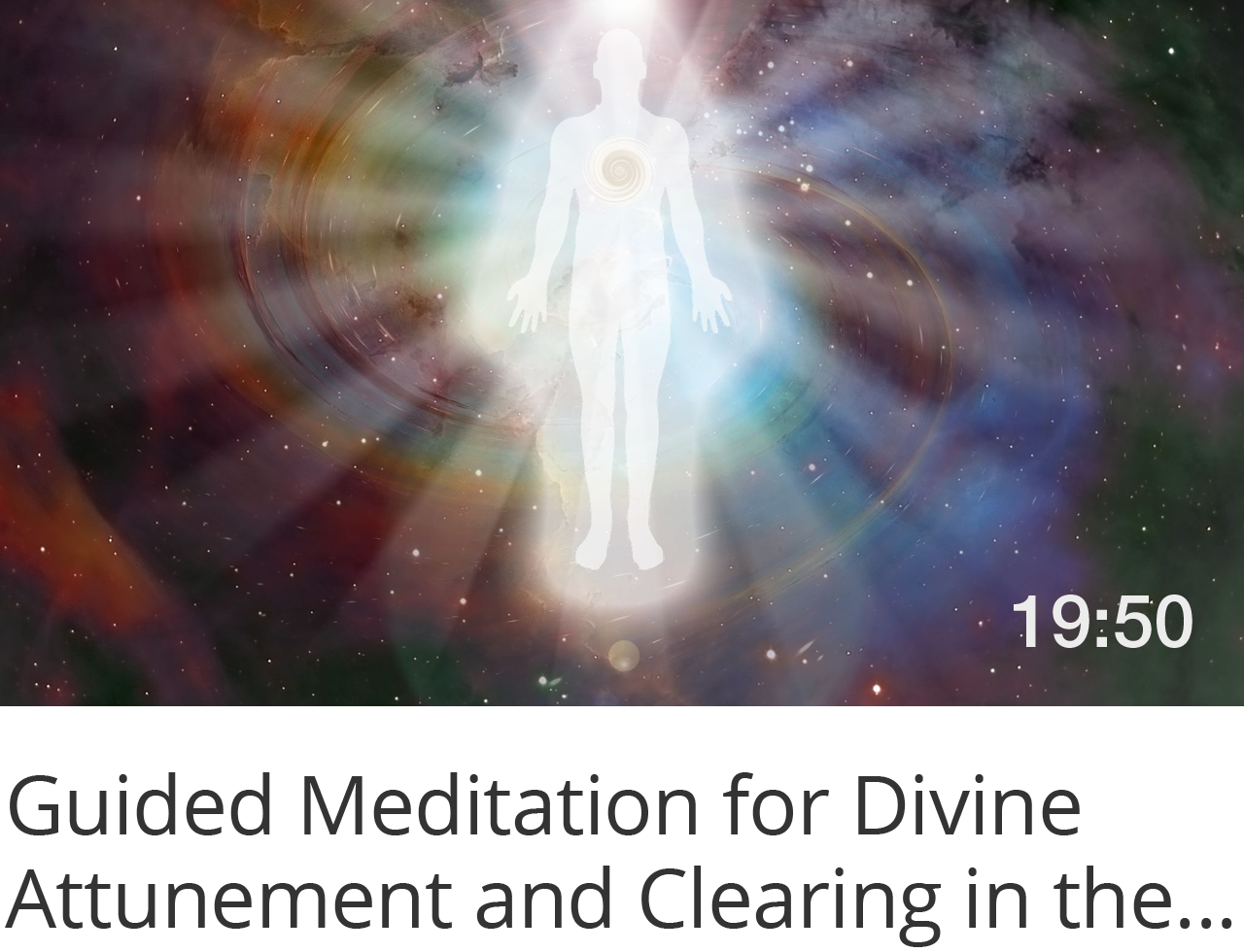
Very interesting and uplifting